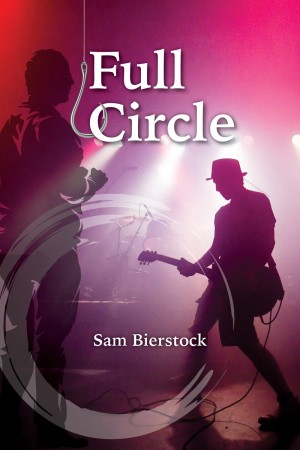Of the many cruelties and atrocities in the Nazi death camps, the use of music was a particularly devastating punishment to the Jewish inmates, both mentally and emotionally, inflicted to further humiliate and degrade them. Jews were required to sing while marching to their work details and the Nazi guards would use this as an excuse to beat them if they did not sing to their liking, which could be very arbitrary in nature.
Additionally, Jews who could play instruments were chosen from the general prison population to form camp orchestras and play during prisoner marches, beatings, and executions. At night these prisoner orchestras would play for the Nazi officers selections acceptable to the officers such as Brahms or Beethoven, but never Mendelssohn.
As prisoners arrived at the camps they were asked if they played musical instruments. If they replied yes, they were selected for special work that was easier so they could provide musical entertainment in the evenings. It was a means of survival for many. Somehow instruments made it into the camp and what was not available, was provided by the camp officers. The violin, the musical instrument most associated with the Jews, was the prize instrument and most played in the camps. The story of the camp orchestras, and the violins in these orchestras, is the basis for this book that details how the violins came to survive and become a symbol of healing.
Amnon Weinstein is an Israeli violinmaker who first encountered a Holocaust violin fifty years ago. The first encounter with this remnant of the Nazi death camps was emotionally too much for him and it was not until many years later that he began the project known as Violins of Hope. He has restored more than thirty of these violins from survivors who have brought the instruments to his shop in Tel Aviv. In addition he has scoured the world looking for, and restoring these violins. Many will never be able to be traced to their original owners, but he continues the labor of restoration and remembrance.
James Grymes, professor of Musicology, has researched many of the stories of these Violins of Hope and collected them in a book, weaving the personal stories of the owner, the violin, and their journey into the skilled and loving hands of Amnon Weinstein.
Related content:




